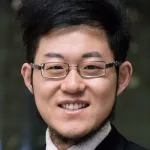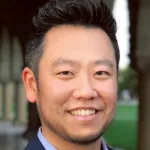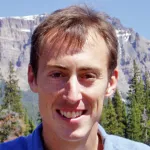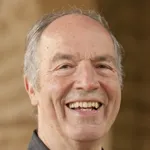
Guosong Hong - Assistant Professor of Materials Science & Engineering
Bio-X Affiliated Faculty, Seed Grant Committee Member, Scientific Leadership Council Member
Dr. Guosong Hong's research aims to bridge materials science and neuroscience, and blur the distinction between the living and non-living worlds by developing novel neuroengineering tools to interrogate and manipulate the brain. Specifically, the Hong lab is currently developing ultrasound, infrared, and radiofrequency-based in-vivo neural interfaces with minimal invasiveness, high spatiotemporal resolution, and cell-type specificity.










